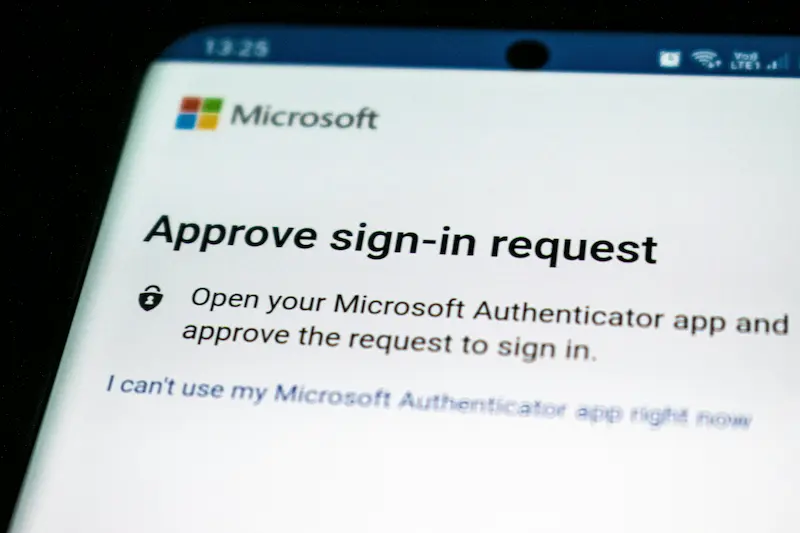In the realm of network security, controlling and managing access to network resources is paramount. Two commonly used protocols for this purpose are TACACS+ (Terminal Access Controller Access-Control System Plus) and RADIUS (Remote Authentication Dial-In User Service). Both play crucial roles in authenticating, authorizing, and accounting (AAA) for network access, yet they have distinct characteristics, advantages, and disadvantages.
What is TACACS+?
TACACS+ is an AAA protocol developed by Cisco. It provides detailed control over authentication, authorization, and accounting. TACACS+ operates over TCP (Transmission Control Protocol) and uses port 49 by default.
Advantages of TACACS+
- Granular Control: TACACS+ allows for granular control over user permissions, which is essential for large networks with varying levels of access.
- Encryption: TACACS+ encrypts the entire packet, offering a higher level of security by protecting both the authentication information and the commands sent to the device.
- Flexibility: TACACS+ supports more flexible authentication, authorization, and accounting processes, making it suitable for complex network environments.
Disadvantages of TACACS+
- Proprietary: Being a Cisco-proprietary protocol, it may have limited interoperability with non-Cisco devices.
- Complexity: The configuration and management of TACACS+ can be complex, requiring a deep understanding of the protocol and the network environment.
What is RADIUS?
RADIUS is a networking protocol that provides centralized Authentication, Authorization, and Accounting management for users who connect and use a network service. It operates over UDP (User Datagram Protocol) and uses ports 1812 for authentication and 1813 for accounting.
Advantages of RADIUS
- Interoperability: RADIUS is widely adopted and works with various network devices and services, making it highly interoperable.
- Efficiency: RADIUS is designed to handle large volumes of authentication requests efficiently, which is beneficial for ISPs and large organizations.
- Simpler Setup: Compared to TACACS+, RADIUS is generally easier to set up and configure, making it accessible for smaller networks.
Disadvantages of RADIUS
- Limited Encryption: RADIUS encrypts only the password in the access-request packet, potentially leaving other information exposed to threats.
- Less Granular Control: RADIUS does not provide the same level of granular control over authorization as TACACS+.
Differences Between TACACS+ and RADIUS
- Protocol Type: TACACS+ uses TCP, while RADIUS uses UDP.
- Encryption: TACACS+ encrypts the entire packet, whereas RADIUS encrypts only the password.
- Functionality: TACACS+ separates all three AAA functions, allowing more detailed control. RADIUS combines authentication and authorization, which may limit flexibility.
- Vendor Specificity: TACACS+ is Cisco-proprietary, whereas RADIUS is an open standard used by a variety of vendors.
Implementation of TACACS+
To implement TACACS+, follow these general steps:
- Set Up TACACS+ Server: Install and configure a TACACS+ server. Cisco’s ACS (Access Control Server) or free alternatives like FreeRADIUS can be used.
- Configure Network Devices: On each network device (such as routers, switches), configure the TACACS+ server details and enable AAA services.
- Define User Profiles: Create user profiles with specific permissions and policies on the TACACS+ server.
- Testing: Test the configuration to ensure that users are authenticated correctly and that access control policies are enforced.
Implementation of RADIUS
To implement RADIUS, the following steps are typically involved:
- Set Up RADIUS Server: Install and configure a RADIUS server. FreeRADIUS is a popular open-source option.
- Configure Network Devices: Configure network devices to communicate with the RADIUS server using the correct IP address and shared secret.
- Create User Profiles: Define user profiles and policies on the RADIUS server.
- Testing: Test the setup to ensure proper authentication and authorization.
Scenarios
Scenario 1: Large Enterprise Network A large enterprise with multiple branches needs detailed control over user access to network devices. TACACS+ is chosen for its granular authorization capabilities and comprehensive encryption.
Scenario 2: Internet Service Provider An ISP requires a robust and scalable solution for handling thousands of user authentication requests. RADIUS is selected for its efficiency and broad interoperability with various devices and services.
Scenario 3: Mixed Vendor Environment A mid-sized company uses network devices from multiple vendors. RADIUS is preferred due to its open standard, ensuring seamless integration and interoperability.
Scenario 4: Secure Data Center A secure data center requires strong encryption for all authentication communications. TACACS+ is implemented for its ability to encrypt the entire packet, ensuring higher security.
Conclusion
Both TACACS+ and RADIUS are essential tools in the network security arsenal, each with its strengths and weaknesses. TACACS+ offers detailed control and robust encryption, making it ideal for environments requiring strict security and granular authorization. RADIUS, with its simplicity and efficiency, is well-suited for handling large volumes of authentication requests and diverse network environments. Understanding their differences and applications allows network administrators to choose the right protocol to enhance their network security infrastructure.
